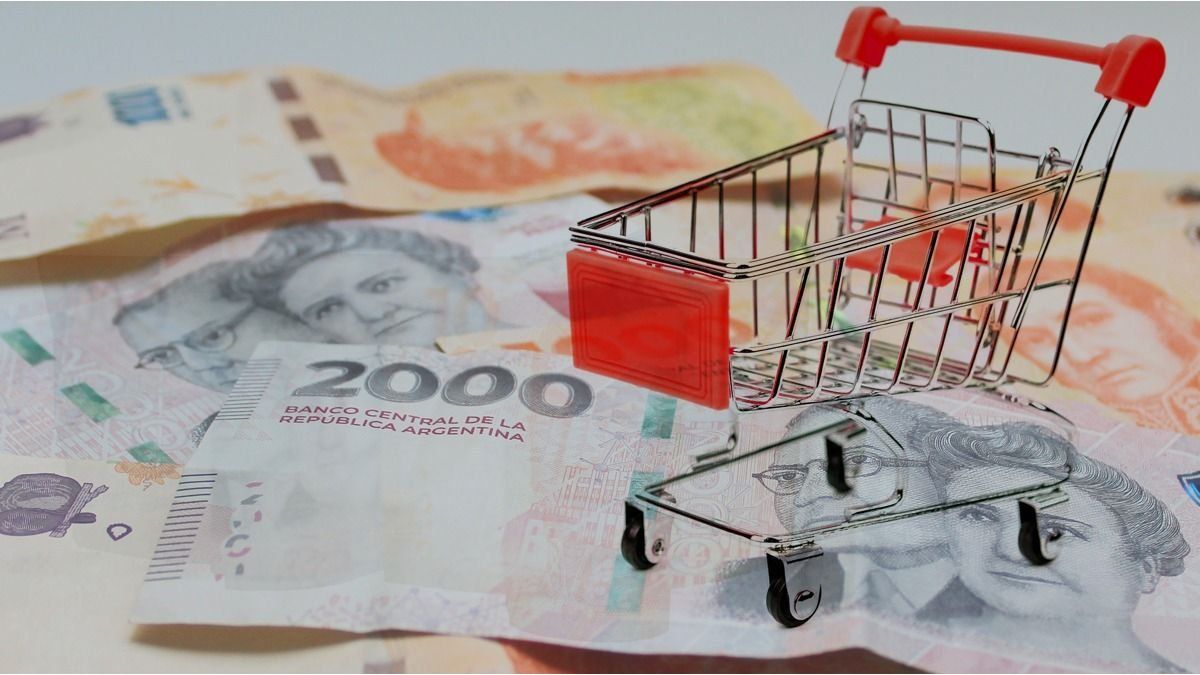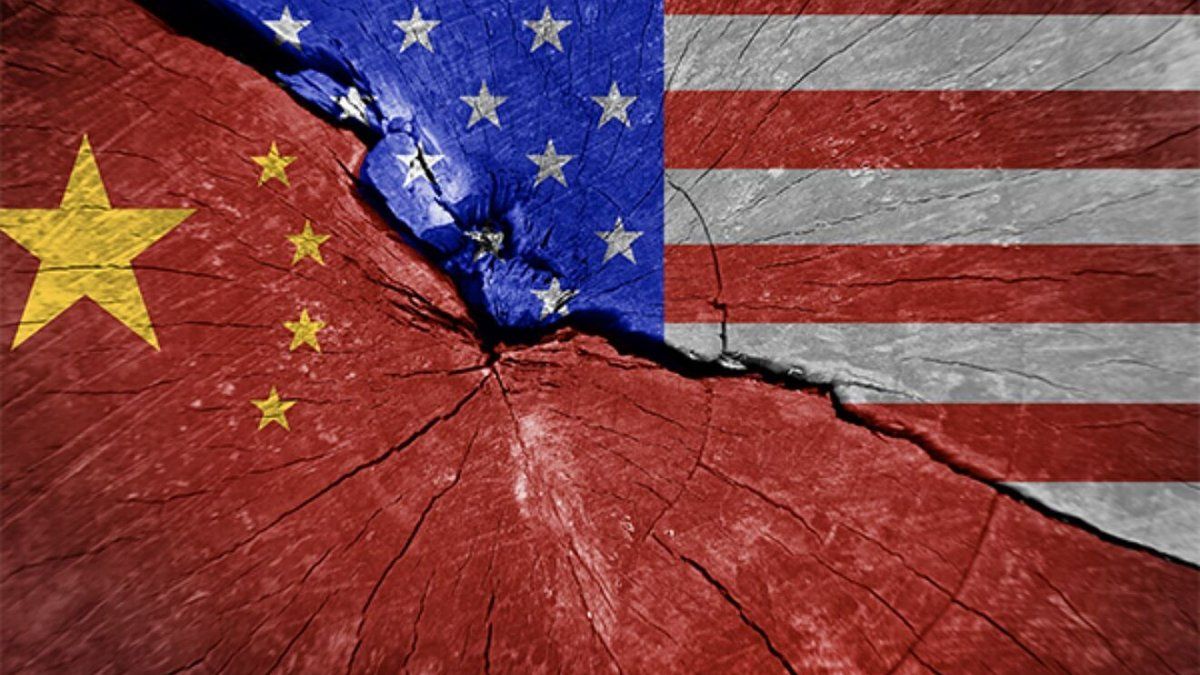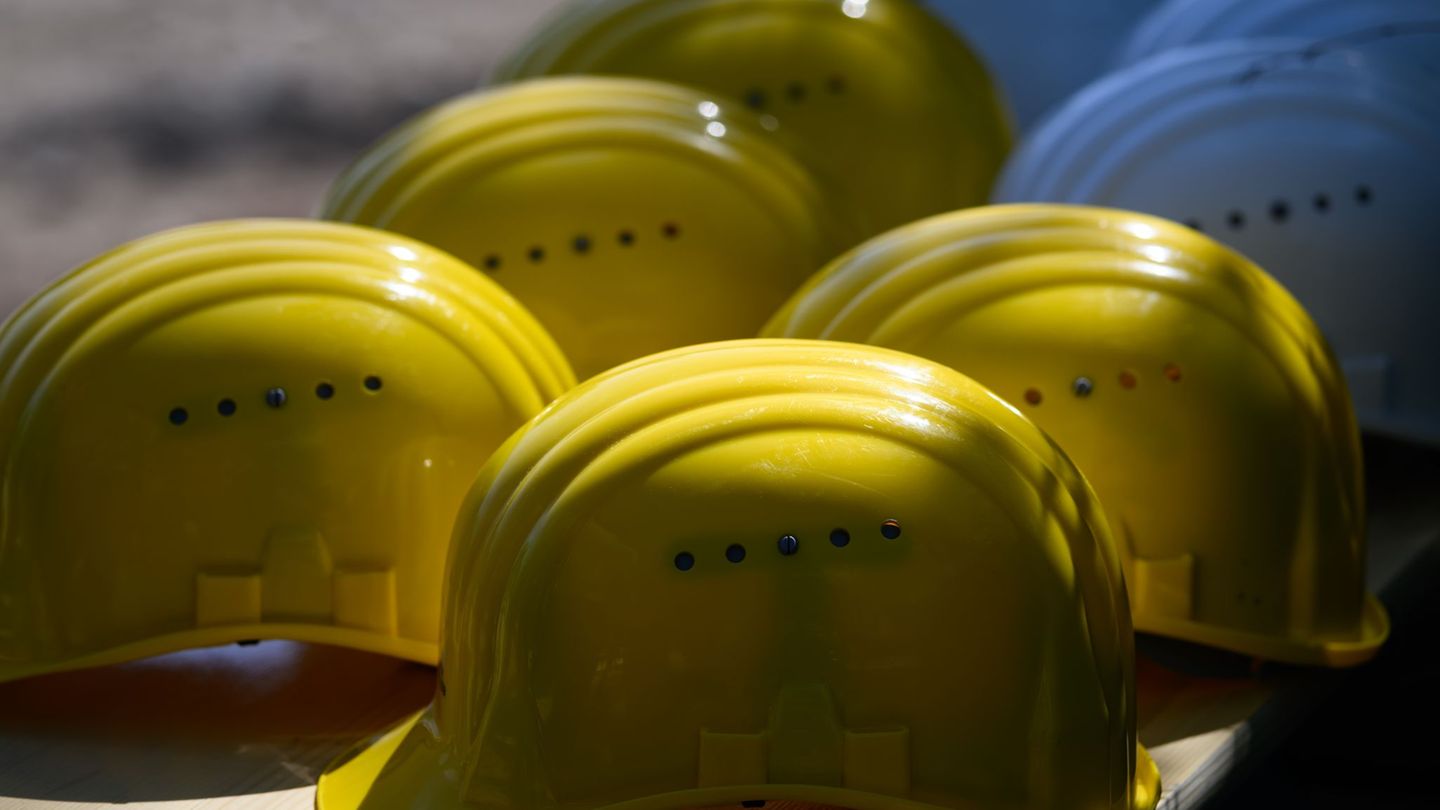They expect a variation of between 5% and 6% due to the resumption of the increases in electricity and gas rates postponed during the previous month, added to the signs of acceleration in foodaccording to the consulting firm EcoGo.
The Government made progress in correcting prices, which in November were 42% behind in real terms. In May there was a pause to prioritize lowering inflation, at the cost of greater future pressure, according to experts.
The Minister of Economy, Luis CaputoHe decided resume increases in electricity and gas rates in Junebased on a reduction in subsidies focused on middle and low-income sectors.
In this context, the consultants estimate that The impact on the CPI will be between 1 and 2 percentage points. To this will be added an increase in fuel of 4% on average and the increase in the subway.
For the Capital Foundation, the disinflation path could find a brake in the coming months.
Why inflation will have a hard time breaking 4%
The experts also mention the difficulty getting out of the trap (with many pesos and no dollars in the BCRA), and the uncertainty about exit schemesince the competition of currencies with flexible exchange rates and dollarization seem more like a competition of exchange rate regimes than complementary sequential steps.
Consulting firm Delphos Investment warned that “it is quite likely that retail inflation in June will show a rebound close to 6% monthly as a result of rate increases (gas and electricity), transportation and the return of increases in prepaid medicine“. The Government’s decision to step on the increases in these items explained the drop from 8.8% in April to 4.2% in May, the lowest since January 2022.
Inflation it would be around 5.7% monthly in the third quarteralthough if it were decided not to continue advancing with rate increases in the last quarter, it could return to previous levels, the entity indicated.
Inflation: how much food increased in the first week of June
Private estimates, on the other hand, observe an acceleration in food prices. LCG detected an increase of 1.5% in the second week of the month.
And EcoGo registered an increase of 0.5% in the first week, a slight increase compared to the previous week.
The LCG report shows that vegetables, sugar – along with honey, sweets and cocoa – and drinks and infusions were the products that increased the most in the second week of the month, with an increase of 3.9%, 2.8% and 2.4%, respectively. They were followed by dairy products and eggs, with 2.3%; and baked goods, cereals and pasta, with 1.9%.
For the FIEL Foundation, Prices rose 3.8% in the first week of June. Of this increase, 1.2 points correspond to increases in electricity and gas bills, which, according to the entity, breaks the downward trend. Added to this is the increase in the Fuel Transfer Tax, and its transfer to the price of gasoline.
inflation supermarkets wholesale prices consumption
Inflation would be around 5.7% monthly in the third quarter
Reuters
Inflation: what number did the REM predict
According to the latest Market Expectations Survey (REM) from the Central Bank, in June it will rise to 5.5%, a slight difference that marks the brake on the decline and a slight rebound in prices. In the last year, Food prices rose 290%.
The most relevant change in terms of consumption was that many households had to give up the consumption of meat and fish, because their prices became prohibitive.
Sausages also skyrocketed, with prices reaching $40,000 per kilo, as is the case of raw ham.
Vegetables have also been experiencing strong increases, and threaten to put pressure on June inflation.
The acceleration in food prices in recent days coincided with the rise in the prices of alternative dollars. Therefore, they turn on a warning light for the impact they may have on the June price index.
“We should forget that inflation starts with a 4 in front. It will be with a 5, and we will have to see how far it rebounds,” explained a consultant specialized in consumption.
Source: Ambito




